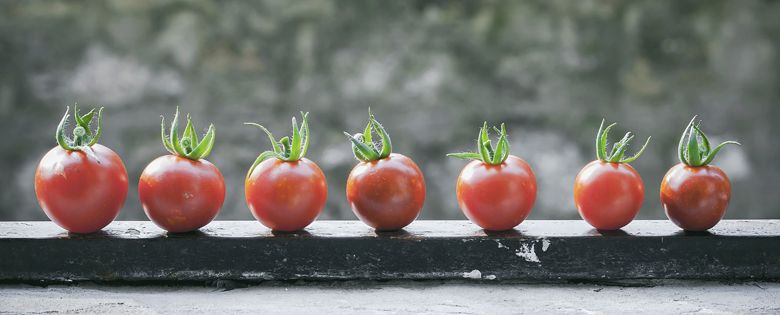Forecasting Success
How weather affects the coming vintage

By Dr. Greg Jones
Were your tomatoes late this year? You’re not alone; many crops in Oregon are, including winegrapes.
After a relatively warm, dry winter, April revisited the state’s February-like weather and ushered in one of our cooler, wetter springs. However, the plentiful rains during April through mid-June helped reduce drought conditions for the western portion of Oregon along with ample soil moisture for crops. But the cool start, along with a few spring frosts, slowed the growing season for most crops in the state, especially winegrapes.
Oregon benefits from a wealth of agricultural diversity. Winegrapes remain the eighth-highest value farmed commodity. There are close to 40,000 acres planted to nearly 1,400 vineyards. Over 70 different varieties produce roughly 100,000 tons of fruit made into wine and sold at over 1,000 wineries in the state. Economically, winegrapes remain vital to Oregon. Our industry has an overall impact of over $7 billion from growing grapes, producing and selling wine and related tourism.
How has the growing season fared thus far? Soon after budbreak in early April, a widespread frost affected vineyards from British Columbia to California’s Central Coast. Oregon growers remained diligent, assessed their vines and appropriately managed them through the rest of the spring. The cool and wet spring delayed flowering by roughly three weeks. Winegrapes blossomed during middle to late June. We welcomed absolutely wonderful weather during flowering, producing a superb fruit set.
July brought warm and dry conditions that, combined with a decent soil moisture bank from the rains, accelerated vine growth, helping to compensate some of the delay from a cool spring.
Currently, winegrapes in Oregon vineyards are growing larger, advancing through a growth period called véraison, in which the grapes turn color, soften, and start accumulating sugar and flavor. From this point, winegrowers have roughly 40 to 50 days (sometimes more) before the fruit fully ripens. During the ripening period, winegrowers appreciate warm days, though not too hot, paired with cool nights and very little precipitation.
This year’s anticipated harvest window is expected in late September and into October. Fingers are crossed everywhere for ideal conditions to end the vintage. To get there, winegrowers statewide are managing their vines and fruit to produce the best possible wines. So, while your tomatoes were somewhat late this year, they are very likely as tasty as ever … expect the same from the 2022 wine vintage.












